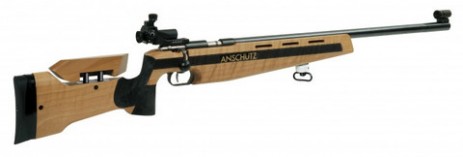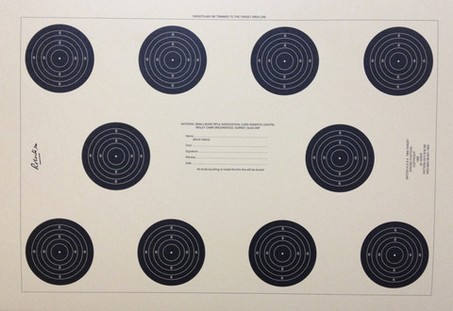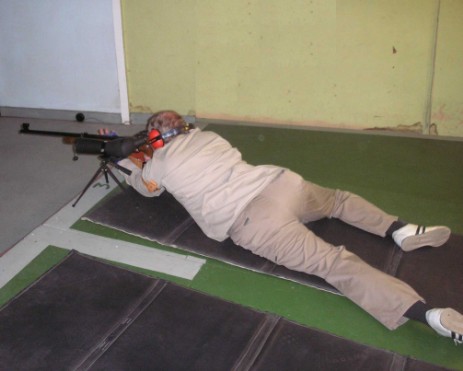Smalbore
Club Info
Smallbore relates to the calibre of weapon and bullet,
 here are a couple of .22 Long Rifle bullets, we shoot them over 25 yards (22.8m) indoor or 50m Outdoor,
here are a couple of .22 Long Rifle bullets, we shoot them over 25 yards (22.8m) indoor or 50m Outdoor,
 here are a couple of .22 Long Rifle bullets, we shoot them over 25 yards (22.8m) indoor or 50m Outdoor,
here are a couple of .22 Long Rifle bullets, we shoot them over 25 yards (22.8m) indoor or 50m Outdoor,Standard velocity
The velocity of standard-velocity .22 LR rounds varies between manufacturers. Some standard velocity ammo may be slightly supersonic-around 1,125 ft/s (343 m/s), other ammo such as CCI Standard Velocity .22 LR ammunition is rated at 1070 fps. Most standard velocity ammo has a bullet weight of 40 gr (2.6 g). Standard-velocity cartridges generate near or slightly supersonic velocities.
High velocity
The .22 long rifle round was originally loaded with black powder. The first smokeless powder loads were intended to match the standard velocity of the original black-powder rounds. Smokeless powder is more efficient than black powder, and the cartridge cases could hold more powder. Smokeless powder loads, called "high speed" or "high velocity", were offered by the major ammunition makers, giving a typical velocity increase of 20% (1,200 feet per second (370 m/s) to 1,300 feet per second (400 m/s)) while still using the standard 40-gr solid or 36-gr hollow-point lead bullet.
A typical target rifle from new can set you back around £900 to £3500
Anschutz 1903 .22 Rifle as seen here is a popular weapon of choice for competition shooters


BSA made a range of Martini action rifles, the lighter weight MK II is still popular choice among club shooters as these like the heavier MKIII pictured here can be picked up fairly cheaply, ranging from as little as £50 to £600

The targets we use in competition are the NSRA 2510BM/89 pattern, this 10 bull target is shot from the prone position (lying down). One shot is fired at each aiming mark and the maximum score that is possible is 100 (known in the sport as 'a Possible') The spot in the centre has no numerical value and is only used as a tie-breaker.
The 10 ring is the innermost white circle (smaller than a five pence piece) and these cards are scored using 'outward' gauging i.e. the outer edge of the shot hole that touches a scoring ring counts the lower, not the higher value. These targets are supplied by the NSRA and used for national and regional competitions.
The round nose of the .22 bullet punches a clean hole in to the target enabling them to be scored accurately by means of a plug gauge which has a flange the exact diameter of the bullet. The gauge is a push fit in the hole, which closes up after the bullet has passed through the target.

